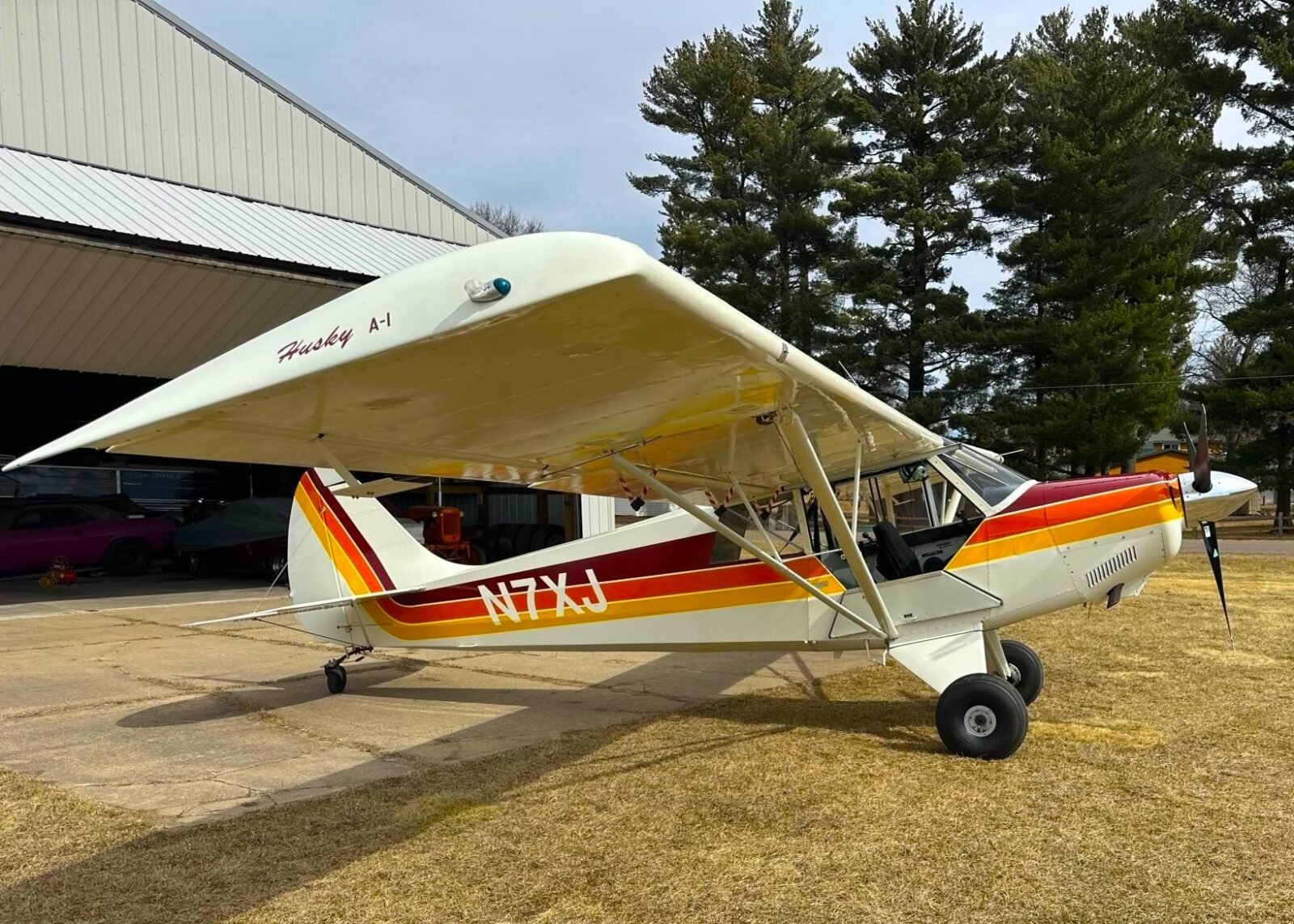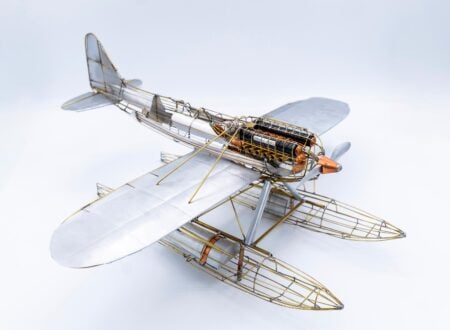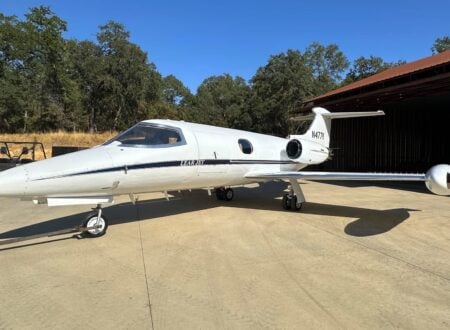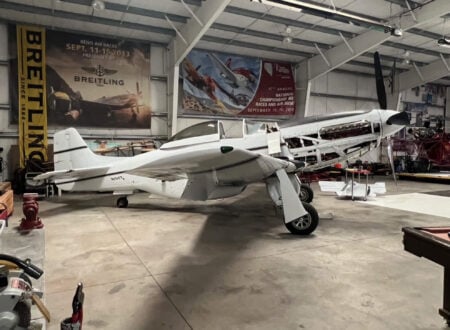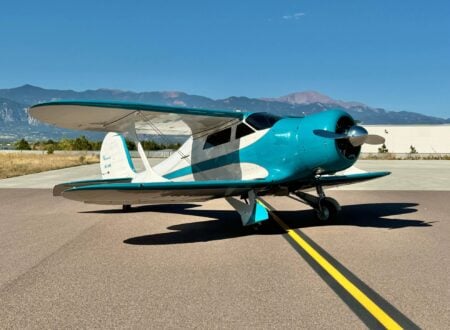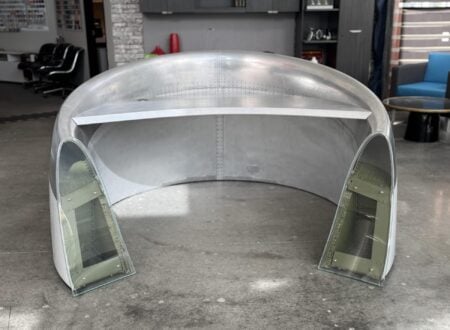The Aviat Husky is one of the most beloved of the tough, go anywhere bush planes that have come to dominate the general aviation world of Alaska, Northern Canada, and many remote regions of the United States.
The Husky was the first STOL (short takeoff and landing) aircraft ever designed using CAD software, all the way back in 1985. The design has stood the test of time, with hundreds built and flying, and versions remain in production to the current day.
Fast Facts – The Aviat Husky
- The Aviat Husky is a rugged STOL aircraft designed for demanding environments like Alaska and Northern Canada. Influenced by the Piper Cub, it was modernized with CAD technology and entered production in 1987, becoming popular for its strength, performance, reliability, and versatility.
- Originally developed by Christen Industries, the Husky was later produced by Aviat Aircraft. It features a steel fuselage, a Dacron-covered airframe, tandem seating, and stick controls front and back, making it ideal for utility roles and flight training.
- Powered by a 180 bhp Lycoming O-360 engine, the Husky has a top speed of 145 mph, a stall speed of 53 mph, and a range of up to 800 miles. Its short-field performance has also made it useful for government agencies and private operators.
- The 1997 Aviat Husky A-1 featured here has 350 airframe hours and includes upgrades like a three-blade MT-Propeller, improved brakes, and vortex generators along the wing tops. It’s offered for sale in Wisconsin with complete maintenance logs and an FAA airworthiness certificate.
A History Speedrun: The Aviat Husky
The development of the Husky began in 1985 originally under Christen Industries. The project had the primary design goal of creating a tough STOL (short takeoff and landing) aircraft suitable for a wide variety of use cases, including observation, patrol, remote transport, and glider/banner towing. The design was influenced by the earlier Piper Cub, but it was modernized, made stronger, and given far more power.


The Husky design process incorporated computer-aided design (CAD) software, a relatively new approach at the time, allowing for improved airframe engineering and a far better understanding of load tolerances and aerodynamics.
The first Aviat Husky prototype took its maiden flight in 1986, and the aircraft received Federal Aviation Administration (FAA) certification in 1987, then entered series production later that same year. Christen Industries was taken over by Aviat Aircraft Incorporated in the 1990s, bringing the production of the Pitts, Eagle, and Husky under the same roof.
The Husky was developed for short field use in difficult environments, as a result, it was given a tubular steel fuselage, with a metal engine cowling, and metal leading edges on the wings. The airframe has a Dacron covering, and it has a high-wing layout giving the pilot and passenger good visibility below.
With its tandem seating arrangement, the Husky offers good left and right visibility to both occupants, and it has stick controls in front and back, making it a popular choice for STOL pilot training. Power is provided by a Lycoming O-360, an air-cooled, flat-four engine offering 180 bhp – a relatively high power output given the size and weight of the Husky.
The top speed of the Aviat Husky is 145 mph (233 km/h) with a cruising speed of 140 mph (230 km/h), and a stall speed of 53 mph (85 km/h). Depending on the version, the aircraft has a range of 800 miles (1,300 kms), and a rate of climb of 1,500 ft/min (7.6 m/s).
Due to its capabilities, the Husky has been bought and deployed by the US Department of the Interior, the US Department of Agriculture, the Kenya Wildlife Service, and even RedBull’s “Flying Bulls” display team.
It’s been used for coastal patrols, border observation, fisheries patrol, pipeline inspection, glider towing, remote access, search missions, and other utility work. It’s also become a popular choice with private pilots, particularly those seeking class-leading STOL capabilities.
Versions of the Husky design remain in production today, with over 650 examples built and flying.
The 1997 Aviat Husky A-1 Shown Here
The aircraft you see here is a 1997 Aviat Husky A-1 that currently has just 350 hours on the airframe. It was bought by the current owner (and now seller) from the original owner who took delivery directly from Aviat.
As you would expect, it’s fitted with the Lycoming O-360 flat-four, which turns an MT-Propeller three-blade propeller. The aircraft has an E-Z Heat preheat system, Parker hydraulic disc brakes, wing-top vortex generators, a Bendix King transponder, and a Becker transceiver.
It has a conventional, or taildragger, landing gear arrangement with bungee-sprung main gear and a leaf-spring-mounted tailwheel. It has Goodyear Aircraft Rib tires up front, and it was given a replacement rear tire in late-2024.


Inside the cockpit you’ll find tandem Oregon Aero SoftSeat seats trimmed in black cloth, it has stick controls for each occupant, a storage area behind the rear seat, dual headsets, and a cabin heater.
This Aviat Husky is now being offered for sale out of Chetek, Wisconsin with maintenance logs and an FAA airworthiness certificate. If you’d like to read more about it or register to bid you can visit the listing here.















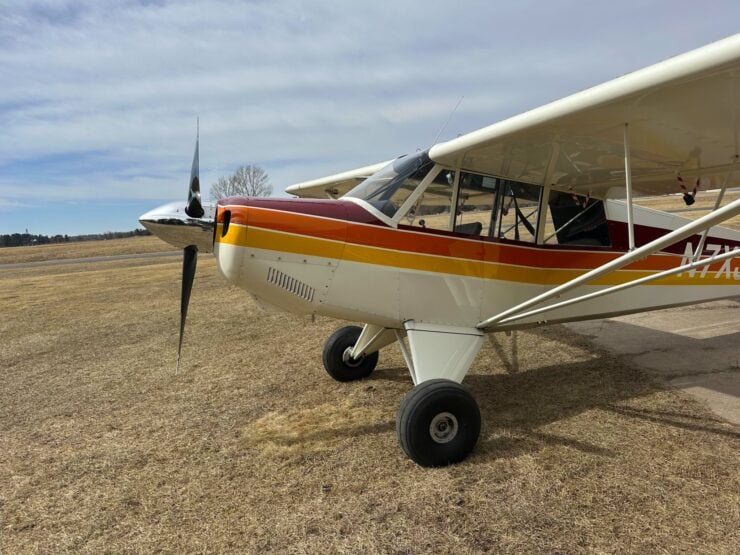





Images courtesy of Bring a Trailer

